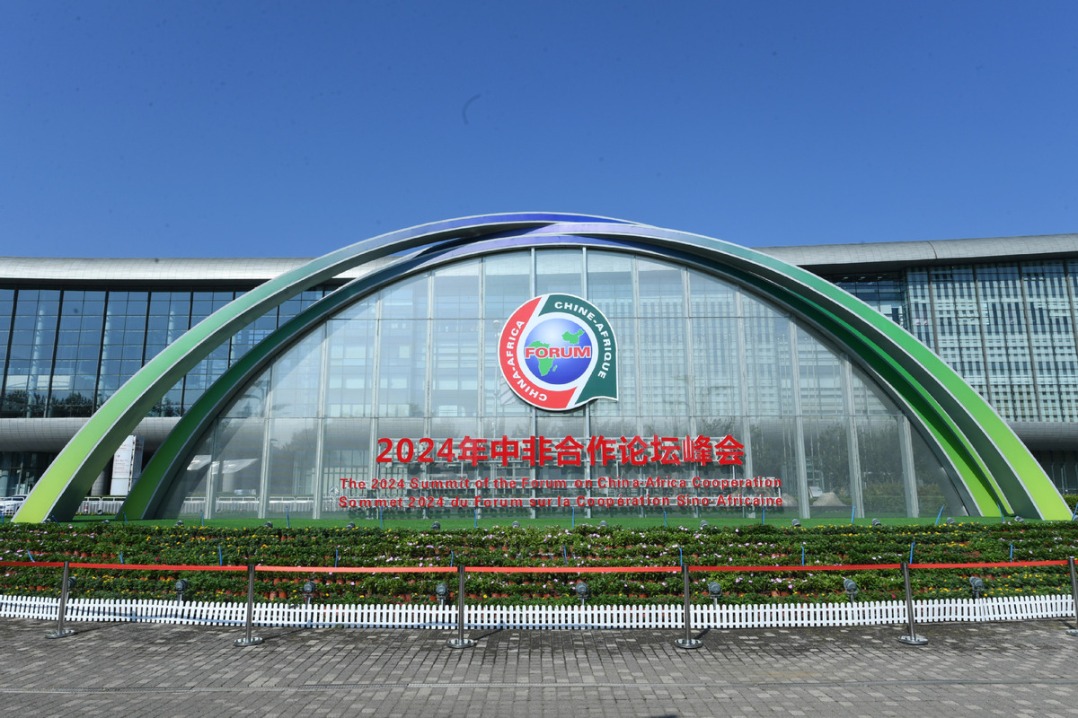Population structure should drive education reform


LI MIN/CHINA DAILY
The changes in the population structure because of a declining birth rate, population aging and regional demographic changes will have a profound impact on educational resources in the new era. That's why the resolution of the third plenary session of the 20th Central Committee of the Communist Party of China, held in July, underlined the importance of taking into consideration the population growth pattern and educational resources development to advance Chinese modernization in the road map for reform and development.
The resolution said that "with a view to optimizing the allocation of educational resources across regions, we will establish mechanisms for aligning the supply of basic public education services with demographic changes" in order to deepen comprehensive reform in education.
China's shrinking population will reduce the demand for kindergarten seats in the short term, primary and secondary seats in the medium term, and enrollment in college in the long term.
Since 2017, the number of births in China has been declining by 1 million to 2 million each year. As a result, many kindergartens are facing closure. In 2023, the number of primary school students in many regions reached a peak in recent years thanks to the first batch of "second children" enrolling in primary schools after the government allowed all couples to have two children in 2016.
However, the numbers of students in kindergartens, primary and secondary schools and universities will shrink in the future due to the declining birth rate, and rural, vocational and private schools may find it harder to enroll enough students.
The different numbers of school-age children in different regions and the growing influx of migrant workers in large and medium-sized cities have intensified the trend of "crowded cities and empty villages". Coastal cities such as Shanghai, as well as megalopolises like Beijing, are under growing pressure to provide educational resources for the children of migrant workers. On the other hand, admissions to schools in less-developed regions such as the central, western and southeastern China, experiencing exodus of migrant workers, are declining.
The demand for high-quality educational resources has increased in major cities because of the influx of a large number of migrant workers with school-age children. While the enrollment rate in newly established nursery classes for children below 3 years in some major cities has been rising, schools in remote areas which lack educational resources are not getting enough students.
As such, it is necessary to introduce tailor-made education policies in different regions based on the demographic changes.
However, the declining birth rate has created an opportunity to promote high-quality development in the education sector. So the government should take regional development and regional population, especially the school-age population, into consideration before implementing education reform in these areas.
First, the government should improve mid- and long-term planning for allocating educational resources. The resolution of the third plenary session stressed the need to optimize the allocation of educational resources across regions. But the education authorities need to understand the regional differences, as well as the exodus and influx of migrant workers from rural areas to cities, before implementing education reform.
Second, the education authorities need to estimate the real population of school-age children in different areas — by taking into consideration the registered permanent school-age, non-permanent school-age and permanent non-registered school-age populations — before allocating educational resources.
Third, the authorities should ensure the flexible allocation of teaching resources at all levels. According to the State Research Base of China Aging Association at East China Normal University, the demographic trends in primary and secondary schools are different in different provincial regions. For example, the populations of school-age children in some regions, like northeastern provinces which have witnessed massive outflow of migrant workers, are declining, while the numbers of primary school students are increasing and secondary school students shrinking in some regions. The scenario is the opposite in other areas.
Given these facts, flexible allocation of educational resources can help balance supply and demand in different areas. Educational resources should also be judiciously allocated in the Yangtze River Delta region and the Guangdong-Hong Kong-Macao Greater Bay Area.
Also, the government should properly handle the possible closure of small schools and merger of schools in rural areas, especially because last year some counties issued three-year plans to expedite the closure and merger of schools. Such is the situation that some secondary schools have been converted into primary schools and primary schools into kindergartens. It is important to mention here that the demand for primary boarding schools is increasing in some counties.
Besides, the government should pay greater attention to overall planning for schools both in rural and urban areas, in order to improve the education system, advance rural revitalization and offset the impacts of population aging. It should also take measures to reduce the number of students in class and promote personalized teaching in schools.
As for schools with almost no students, they should be converted into eldercare facilities, libraries or community cultural and sports activity centers based on public opinion.
The author is director of the State Research Base of China Aging Association at East China Normal University.
The views don't necessarily reflect those of China Daily.
If you have a specific expertise, or would like to share your thought about our stories, then send us your writings at opinion@chinadaily.com.cn, and comment@chinadaily.com.cn.

































